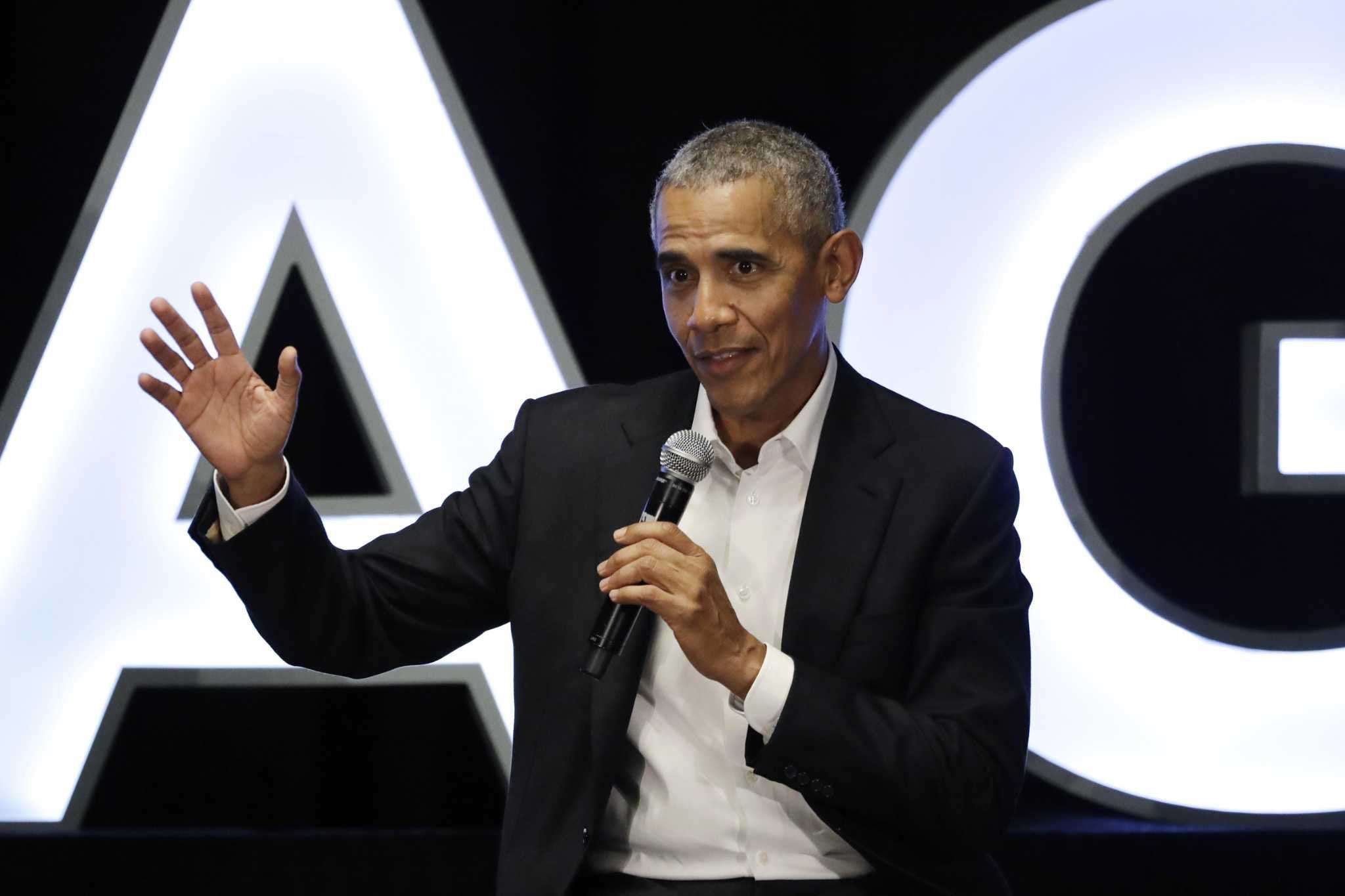The claim: “The filibuster, if it does not get reformed, still means that maybe 30 percent of the population potentially controls the majority of Senate seats.” — Former President Barack Obama.
PolitiFact rating: Half True. In the Senate’s current makeup, senators representing 29 percent to 39 percent of the U.S. population would be sufficient to mount a filibuster and block a vote on legislation, in a sense controlling what can be passed in the chamber.
However, an alliance of states with a combined population that small couldn’t secure a majority of seats in the chamber, unless you ignore today’s strong partisan leanings in most states.
Obama has repeatedly criticized the filibuster since leaving office. At the eulogy for John Lewis, the civil rights activist and congressman from Georgia who died in 2020, Obama called the filibuster a “Jim Crow relic.”
In particular, Obama said that states with a small percentage of the population could control “the majority of Senate seats.” Given today’s partisan tendencies in each state, controlling an actual majority of seats would not be feasible for that small a percentage. However, a small percentage of the population could control enough seats to successfully wield the filibuster, which effectively gives them control over whether a majority can pass legislation.
About PolitiFact PolitiFact is a fact-checking project to help you sort out fact from fiction in politics. Truth-O-Meter ratings are determined by a panel of three editors. The burden of proof is on the speaker, and PolitiFact rates statements based on the information known at the time the statement is made. See More Collapse
The Constitution gives each state two senators, regardless of population, so Wyoming and Vermont have the same representation in the chamber as California and Texas, which have more than 30 times as many people.
The largest 15 states have 66 percent of the nation’s population, but just 30 seats in the Senate, according to a recent analysis by The Washington Post.
TEXAS TAKE: Get political headlines from across the state sent directly to your inbox
While the article’s conclusion is generally consistent with Obama’s point, it doesn’t have anything to do with the filibuster or the 60-vote threshold to end one. Rather, the article looked at representation throughout the entire chamber.
More importantly, the analysis ignores which party currently holds the smallest states’ Senate seats. In reality, those 35 smaller states have selected a mix of Republican and Democratic senators, so these states would not be likely to form a unified coalition.
But there are ways to look at the question of whether senators from a bloc of smaller states could effectively use the filibuster to steer the Senate for one party. One way is to ask: What is the smallest share of the U.S. population whose senators could block legislation by mounting a successful filibuster, once you factor in the prevailing party affiliation?
For that analysis, PolitiFact used the current partisan breakdown of the Senate. The results could change if seats flip in the next election, or if partisan trends in some states evolve.
PolitiFact looked at the smallest 21 states that currently have two senators from the same party — 21 because that’s the minimum number of states that would allow one party to prevail in a filibuster, and the same party because in the six states with mixed delegations, the senators’ votes would likely cancel each other out. (PolitiFact counted the Senate’s two independent members, Angus King of Maine and Bernie Sanders of Vermont, as Democrats, since they caucus with the Democrats.)
The 21 smallest states that have two Republican senators account for 29 percent of the U.S. population. So, by themselves, these states could muster 42 votes to sustain a filibuster, thereby overruling the 71 percent of the population represented by the other 58 senators.
The 21 smallest states with two Democratic senators account for 39 percent of the U.S. population, meaning that Democrats from these states could mount a filibuster that thwarts senators representing the remaining 61 percent of the population.
So Obama’s remark is a reasonable assessment of how much muscle a fraction of states can flex in order to block legislation in the Senate.
But Obama’s claim that “30 percent of the population potentially controls the majority of Senate seats” overreaches. In the Senate’s current makeup, 29 percent to 39 percent of the population could control 42 seats — but not a majority of seats in the 100-seat chamber.
In reality, neither party today can muster an actual majority, 51 seats, using just states that have unified partisan control of their Senate delegation.
Adding Texas and California to the previous tally, the 22 states that currently have two Republican senators represent 38 percent of the population, and the 22 states with two Democratic senators represent 51 percent of the population. (The other six states have mixed representation.)
These groupings of states produce only 44 seats for either party — not a majority.
In the big picture, however, Obama has a legitimate point, said Josh Ryan, a Utah State University political scientist and specialist in Congress.
“Essentially a very small population of the country gets to veto legislation preferred by a large majority,” Ryan said. “They don’t get to control the Senate, but they get to control what passes the Senate.”

nevearnest on June 7th, 2021 at 14:34 UTC »
Yet another baked-in advantage for Republicans, all but ensuring minority rule.
Infuriating.
jayman419 on June 7th, 2021 at 14:18 UTC »
Politifact filtered through Houston: Yeah you just need like 30% of the population working against American interests for the filibuster to matter, but what are the odds of that happening?
roughingupthesuspect on June 7th, 2021 at 14:10 UTC »
Filibuster is basically a veto power.